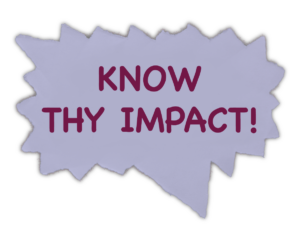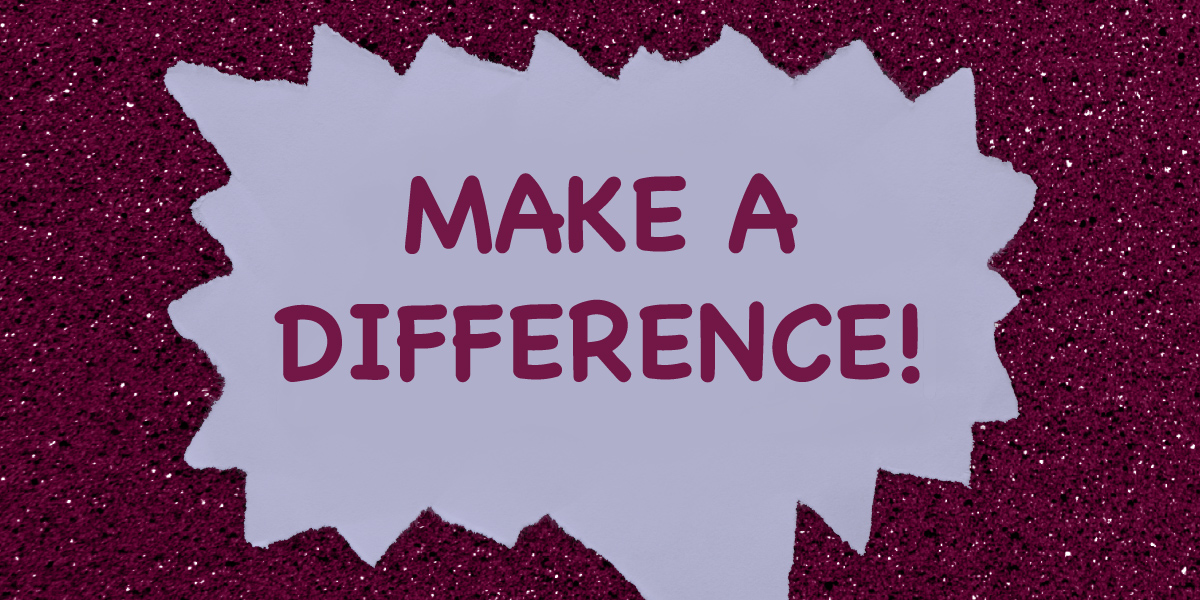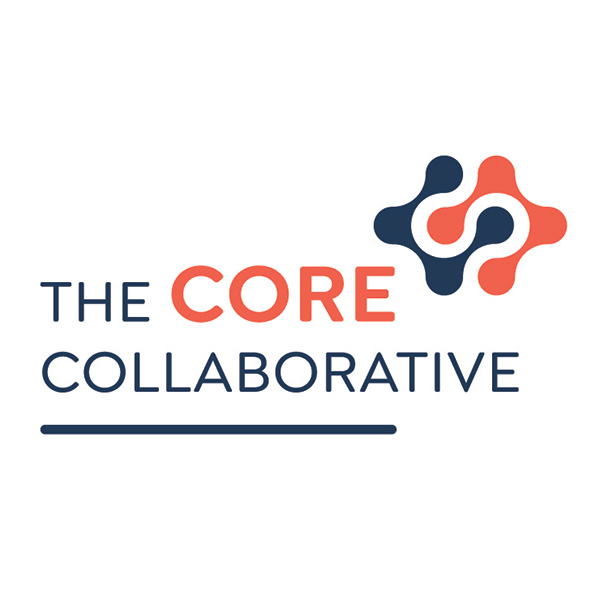What if students could create lasting change in their communities while also gaining the skills to evaluate that change? Service learning projects not only offer students a chance to confront real-world equity challenges but also teach them how to assess the true impact of their efforts.
A service learning project is an educational approach where students engage in community service activities that integrate with academic goals and personal growth. These projects aim to solve real-world issues while providing students with meaningful experiences that foster critical thinking, empathy, and civic responsibility. Service learning combines action with reflection to connect curriculum to societal needs, ensuring that students not only perform a service but also learn from the process.
 Know Thy Impact
Know Thy Impact
Service learning projects provide an invaluable opportunity for students to engage deeply with their learning communities and address equity challenges authentically. However, understanding the impact of these projects is just as important as implementing them. Measuring the impact of a service-learning equity-driven project helps students reflect on their efforts, assess outcomes, and make informed decisions for future projects and campaigns. Below is a guide on how students can measure the impact of their service learning, equity-driven project, emphasizing tangible, meaningful outcomes for their school community.
1. Set Clear, Equity-Focused Goals
Before you can measure impact, you need to establish clear goals. For a service-learning equity project, your goals should address systemic inequities in your school community. These goals may relate to increasing access to resources, fostering a culture of inclusion, or amplifying marginalized voices. As a student team, ask yourselves:
- What specific equity issue are we addressing?
- How will we know if we’ve made a difference?
Use frameworks like SMARTIE Goals (Specific, Measurable, Attainable, Relevant, Time-Bound, Inclusive, and Equitable) to guide the goal-setting process.
2. Determine Key Metrics of Success
Once goals are established, identify how you will measure success. These metrics will help you quantify the impact of your project. Here are a few ways you can measure success:
Quantitative Metrics: Numbers provide concrete evidence of change. You could measure the number of students impacted, resources distributed, or new policies enacted as a result of your project. Consider:
- How many students did you reach with your message or resources?
- Did school attendance or participation improve for certain student groups?
- Were there measurable changes in academic outcomes for underserved populations?
Qualitative Metrics: Qualitative data is just as valuable, capturing the human experience behind the numbers. Collect stories, testimonials, and reflections from the students and staff affected by the project. Ask:
- How did students and staff feel before and after the project?
- What stories of personal transformation or increased inclusion emerged?
- Did students from marginalized groups report feeling more seen or heard?
3. Collect Baseline Data
Before starting your service learning project, gather baseline data to understand the initial conditions. This data will serve as a reference point to compare against your results. Consider analyzing school climate data with your student advisory group so you have the opportunity to dig into the data and make sense of it. Based on your analysis, determine school-wide equity puzzles of practice that will support the design of your project. In addition, your team can also gather baseline data in different ways so you can clarify the need. For example:
- Conduct surveys or interviews to assess the school climate related to equity and inclusion.
- Analyze data on the participation rates of historically underserved student groups.
- Evaluate resource distribution across different student populations.
Having this information will make it easier to see if and how the project made a difference.
4. Engage Stakeholders in Evaluation
The success of a service learning project is not just about numbers—it’s about the people it impacts. Engage your school community in measuring the impact of the project by:
- Gathering Feedback: Ask teachers, administrators, and fellow students for feedback. Use focus groups, exit interviews, and anonymous surveys to understand how different groups experienced the project and its outcomes.
- Collaborating with Staff: Work with your school’s data team or leadership to analyze institutional data. They may have insights or access to information that can provide a broader view of the project’s impact on equity.
- Peer Reflection: Invite peers who participated in or benefited from the project to share their experiences. Encourage them to reflect on whether the project changed their perspective on equity or empowered them in any way.
5. Assess Changes in Policy or School Culture
One of the most powerful ways to measure impact is to assess whether your project led to changes in school policy or culture. Ask questions such as:
- Did the school make any changes to its equity-related policies as a result of the project?
- Has there been an increase in the number of student-led equity initiatives?
- Are staff members more engaged in professional learning around equity and inclusion?
Even small shifts in policy or culture can have a lasting impact and reflect the effectiveness of your service learning efforts.
6. Reflect on Long-Term Outcomes
Equity projects are often about initiating long-term change, which can take time to fully manifest. Consider creating a plan for revisiting your project’s impact six months or a year after it concludes. Some ways to measure long-term outcomes include:
- Track the continued participation of students from underrepresented groups in school activities.
- Measure the sustainability of resources or programs that were introduced during the project.
- Evaluate whether students and staff have continued conversations about equity and inclusion initiated by your project.
- To determine large-scale impact, use organizational network mapping at the system level.
7. Communicate the Impact
Finally, measuring the impact is only valuable if you share what you’ve learned with your school community. Create an impact report that highlights:
- Key findings from your metrics and data analysis.
- Stories or testimonials that showcase personal transformations.
- Visuals such as graphs, charts, or infographics make your data easy to understand.
Consider presenting your findings to school leadership, teachers, and peers to encourage continued conversation and action around equity.
Authentic Feedback: Listening to the Voices That Matter
Measuring the impact of a service-learning equity project isn’t just about fulfilling a requirement—it’s about capturing the real difference your efforts make in the lives of others. It means setting intentional goals, using meaningful metrics, collecting authentic feedback, and reflecting on the long-term outcomes that matter. This process ensures your work actively advances equity within your school community. Remember, service learning is as much about transformation as it is about contribution; each step you take to assess your impact strengthens your growth as a changemaker, deepening your ability to lead meaningful change where needed most.



